- Mail us: support@drtimpearce.com
How to avoid causing a vascular occlusion with chin fillers
You may be interested
 Dr Tim Pearce
Dr Tim Pearce
 Traditionally considered as one of the safer areas of the face for cosmetic injections, Dr Tim Pearce explains why he believes that chin augmentation with dermal fillers requires more caution after reviewing three recent cases highlighting serious vascular occlusion from chin fillers.
Traditionally considered as one of the safer areas of the face for cosmetic injections, Dr Tim Pearce explains why he believes that chin augmentation with dermal fillers requires more caution after reviewing three recent cases highlighting serious vascular occlusion from chin fillers.
As aesthetic clinicians, it is important to understand that even relatively safe procedures carry dangers.
In this blog, Dr Tim discusses the use of sharp needles versus blunt cannulas for chin filler procedures, as well as exploring and explaining the detailed chin anatomy and the impact this has on the more complex reversal procedure required in the event of a vascular occlusion to the submental artery, so that you can become safer injectors.
Dr Tim will be discussing more medical aesthetic training tips as part of his upcoming webinar series, so if you’re looking to increase your CPD-certified learning and want to learn more skills to make you a better practitioner, then step one is to register for the free webinars by Dr Tim.
Is it safe to inject filler into the chin?
Broadly speaking, the advice given in most training courses is that injecting dermal filler in the chin is one of the safer places in the face to be administering aesthetic injectable treatments.
If you are in the mid-line, all is well, they say. But is it?
The answer to that question is ‘probably’ – if you stay in the mid-line – but, most chin augmentation procedures will require deviation from the central position to achieve the desired aesthetic result, especially when treating men.
The anatomy of the chin
This transgression away from the mid-line brings the mental and submental arteries into consideration, more so the submental artery, when augmenting the lower part of the chin. The path of the submental artery is along the mandible, curving round to supply blood to the anterior part of the chin.
The submental artery also supplies blood to important structures in the neck including muscles involved in stabilising the floor of the mouth during swallowing such as the digastric muscle, geniohyoid muscle, mylohyoid muscle, and the stylohyoid muscle. Therefore, a compromise to the submental artery could affect the function of some, or all, of these muscles.
In some people, there is also an anastomosis between the sublingual artery and the submental artery which presents a particularly important consideration when augmenting chins. In such cases, a high-volume filler injection, as is common for chin augmentation indications, which goes on to compromise the submental artery could consequentially affect the blood supply to the tongue. This would induce one of the worst injuries we could see in aesthetic practice – a necrotic tongue – something that would be extremely debilitating for a patient.
Understanding the complex muscular and vascular anatomy of the chin and the lower jaw is paramount if you wish to offer such procedures to your patients. Found out more about advanced training courses and masterclasses in jawline and chin fillers with Dr Tim and his team.
Download our guide to the 13 risky places to inject dermal filler which includes a map of the facial vessels.
6 tips for safe practice when performing chin augmentation
- Aspirate – Reduce the chances of causing a vascular occlusion by aspirating. It is not 100% effective but can certainly help to reduce the frequency of occlusal incidents for most aesthetic clinicians. When you start aspirating, start with a gentle, low pressure to avoid suction on the vessel walls. Aspirating between each delivery of a small bolus of product to spread your volume into multiple boluses will decrease the risk and the potential for a more serious vascular occlusion from a single, large bolus delivery.
- Know your product – Understanding the viscosity of your chosen filler product, as well as the needle gauge you are using, and whether it is primed or not primed can all help you to reduce risk and allow you to aspirate successfully when using differing product types in different areas.
- Consider your depth – Remember your facial anatomy knowledge and the likely location of significant arteries. In the recent cases of vascular occlusion with chin augmentation reviewed by Dr Tim, the original injectors reported being at the periosteal level, a deep position, when injecting the filler. This level should, of course, be below the arteries, however, you can never be quite sure of the exact anastomoses within any area. Similarly, maintaining your depth consistently can be tricky and could result in a more superficial injection than perceived. A commonly taught technique called ‘towering’ where product delivery starts at the deeper periosteal level and continues in a tower formation as the needle is extract upwards with the aim of creating projection can also result in vessel compromise.
- Cannula versus needle – Cannulas are known to reduce the frequency of occurrence of vascular occlusions and are thus considered safer to use than sharp needles for procedures such as chin augmentation. Correspondingly, in the chin, the anatomy allows for plenty of space for the movement of a cannula which is not always the case in other areas of the face, such as the nose. It is still worth aspirating, even when using a blunt cannula. The only downside with their use for chin augmentation procedures is having less ability to achieve the optimal aesthetic result because placement tends to be more superficial (in the fat layer) and not deep to the periosteum (the bony layer). Therefore, a cannula is preferable for finer contouring on the chin, including blending with the jawline, but any significant structural or reconstructive techniques for chin enhancement which are designed to emulate bone and reinforce the chin are best performed with a sharp needle to achieve better prominence.
- Keep your needles sharp – Injecting on the periosteum will naturally blunt your needle after the few couple of injections. In theory, this could mean that further insertion of a blunt needle into the tissue could cause a vessel to be compressed deeply against the periosteum – the vessel wall being only partially damaged – without the needle penetrating directly through it. On injection of the filler, this partial penetration of the arterial wall could cause a vascular occlusion. This would concur with case study reports that detail how all was well for the first few injections and then subsequently the occlusion occurred. Consider how regularly you change your needle when performing the procedure.
- Be patient – Take your time to assess the situation between each injection. It is not imperative to deliver treatments quickly, or a lot of volume all in one go. Check capillary refill time (CRT) in between each product deposition. Check for patient comfort and their responses as the treatment progresses.
Managing vascular occlusion from chin augmentation
In all the case studies reviewed by Dr Tim, the clinicians reported worsening problems as the time ticked by. All found they were dealing with a worse adverse event than was initially evident. Initial pallor in the early stages of identifying a vascular occlusion will quickly lead to a more obvious and worsening manifestation of the problem.
As you apply warm compresses and massage the area, remember to review the anatomy – look closely at the face, inside the mouth as well to check the gums, under the tongue, and the tongue itself – and consider the possible outcomes. Check the CRT, talk to the patient – get their feedback on any pain or discomfort, especially pain on swallowing which is a good indicator of an evolving vascular occlusion or compromise. Remember there may be little to no manifestation of the problem on the skin surface.
Seek support and help from aesthetic colleagues or mentors to get broader clarity on the situation. As the adrenaline courses through your own body, this can cloud your judgement and lead to fixation on individual aspects, meaning you may miss other clues. Get your hyaluronidase (Hyalase®) ready and be prepared to treat the reversal in an aggressive manner. Vascular occlusion in the chin can require significant quantities of Hyalase, so consider the need to source more for repeated application, over many hours, especially if you do not have enough in your emergency kit, or stock, or are unable to carry stock.
Good resolution of vascular occlusions in the chin have been because of deep and aggressive delivery of large volumes of hyaluronidase, ideally using a cannula to avoid additional trauma to the area. You are aiming to deliver the reversal enzyme along a wide area of the chin, jaw, and upper neck which will require more vials of Hyalase than you would need for such adverse events in other areas of the face.
Further recommended reading from Dr Tim includes this free to view paper from Fang, Rahman and Kapoor published in the PRS, the Journal of the American Society of Plastic Surgeons in 2018 entitled Managing Complications of Submental Artery Involvement after Hyaluronic Acid Filler Injection in Chin Region.
Free Hyalyronidase Protocol
For more information on using hyaluronidase to manage vascular occlusions caused by dermal filler injections, we recommend downloading Dr Tim Pearce’s Emergency Reversal Protocol
Aesthetics Mastery Show
Can saline reverse filler?
In this Aesthetics Mastery Show, Dr Tim Pearce discusses the merits and risks of both options with an experiment that it enlightening as well as being highly entertaining!
Are you still anxious about delivering cosmetic injectables safely?
If you want to learn more about mastering medical aesthetic treatments and complications or conquering the anxiety of where to place your needle, then register for the next Dr Tim webinar.
Subscribe to our YouTube channel for really useful regular tips and advice. ![]()
Dr Tim Pearce eLearning
Dr Tim Pearce MBChB BSc (Hons) MRCGP founded his eLearning concept in 2016 in order to provide readily accessible BOTOX® and dermal filler online courses for fellow Medical Aesthetics practitioners. His objective was to raise standards within the industry – a principle which remains just as relevant today.
Our exclusive video-led courses are designed to build confidence, knowledge and technique at every stage, working from foundation level to advanced treatments and management of complications.
Thousands of delegates have benefited from the courses and we’re highly rated on Trustpilot. For more information or to discuss which course is right for you, please get in touch with our friendly team.
Related Articles
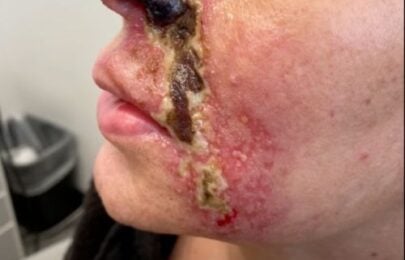 Bestseller
Bestseller
Vascular Occlusion and Necrosis Prevention: The Ultimate Safety System for Aesthetic Injectors
October 21, 2025
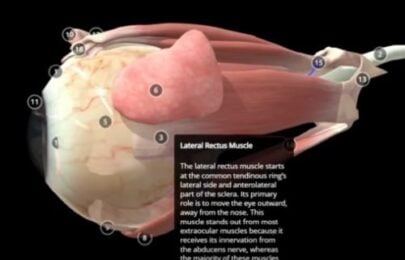 Bestseller
Bestseller
Preventing Double Vision from Botox: Mastering the Lateral Rectus Safety Zone
October 16, 2025
 Bestseller
Bestseller
Body Dysmorphic Disorder in Aesthetic Practice: Ethics, Risks, and Recognition
October 7, 2025

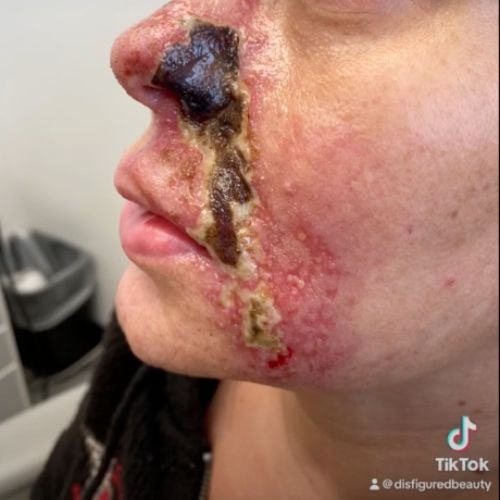
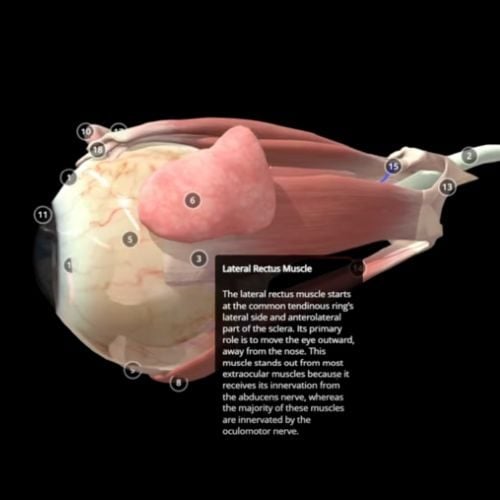

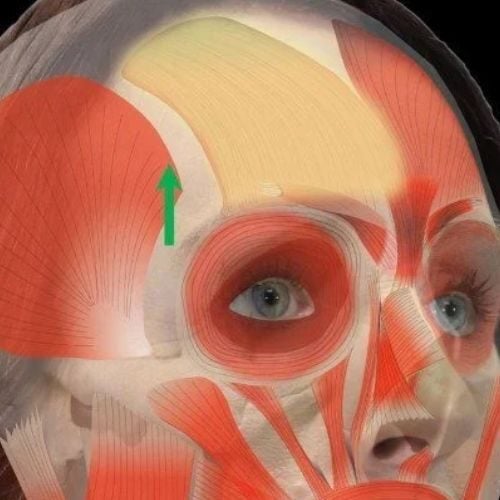
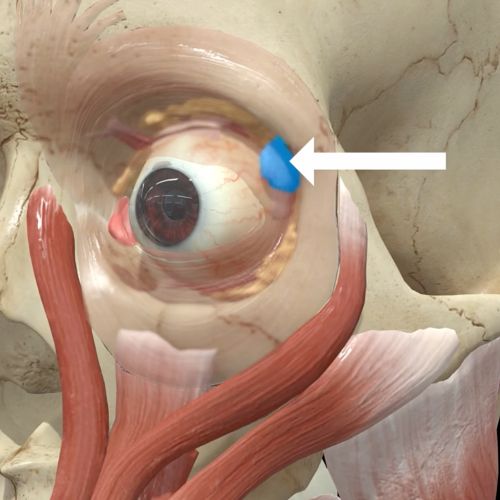





Comment (1)
Ann
Jul 22, 2021Brilliant thank you for sharing your knowledge and expertise.
Comments are closed.